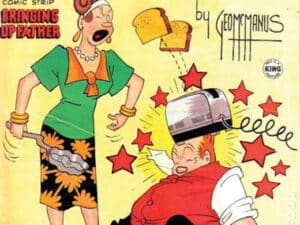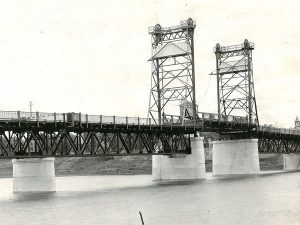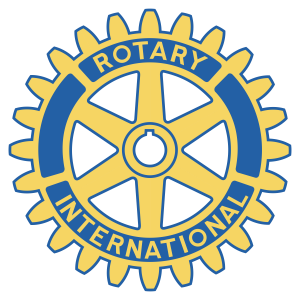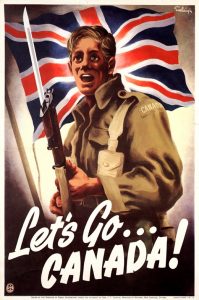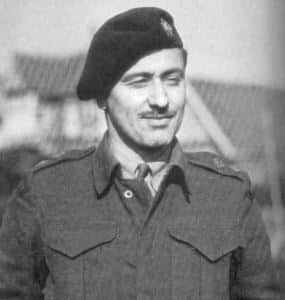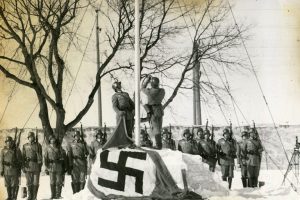Bitter Lessons 1929-1946
1929
The Mitchel Grain Company opened a new grain elevator
1929
The stock market crashed, and the Great Depression began
1930
Selkirk’s first motorized fire engines appeared – with the arrival of two 1929 Chevy trucks – one being a hose truck and the other a pumper. They were nicknamed “Maggie” and “Jiggs” after two comic strip characters. “Maggie” has been restored and is displayed at our museum as well as participating in festivals, fairs and parades throughout the province
1930
The provincial government designated Main Street as part of a provincial highway (Now PTH 9)
1930s
Insulin Coma Therapy begins to be used at Selkirk Hospital for Mental Diseases
1931
A group of golfers arranged with the town council to lease of 50 acres in Daerwood Park for a new course
1931
The Selkirk Navigation Co. Ltd took over the Keenora and rebuilt it
1931
The town built a first-class bathing beach completed with a bathing tower and change houses in Selkirk Park
1931
4,486 people resided in Selkirk
1931
The North Unit G-H (Later B Unit) opens at the Selkirk Hospital for Mental Diseases
1932
An aerial display sponsored by the Selkirk Hockey Club attracts 500 people to Hagaard’s field
1932
Formation of the Selkirk Ladies Auxiliary
1932
First annual meeting of the Selkirk Branch of the Army Navy Veterans
1934
The long-awaited highway bridge project started construction
1936
The Dance Pavilion and refreshment stand at Selkirk Park was destroyed by fire
1936
Main Street was hard-surfaced from the town’s southern limit to the corner of Manitoba Avenue
1936
The Lift Bridge was completed
1937
Service was reduced on the railway to Winnipeg because of increased automobile ownership and road improvements between the two cities
December 3, 1937
Grand opening of the curling rink on Fox Ave (where the Selkirk Rotary Manor is today)
1938
Work began on the Selkirk oil refinery for the processing of gasoline, diesel and furnace oil and distillate
1939
Passenger rail service to and from Winnipeg was abandoned in favor of highway buses
1939
Council succeeded in having the Winnipeg beach highway re-routed down Manitoba Avenue west to the new highway linking Selkirk with Clandeboye
1939
Canada declared war on Germany, entering the Second World War and ending the Great Depression
1939
Thirty-one volunteers joined the Canadian Armed Forces from Dufferin Avenue and gained the nickname “Dufferin Gang”
1940s
Electro Convulsive Therapy (ECT) begins to be used at the Selkirk Hospital for Mental Diseases
1941
4,915 people resided in Selkirk
1941
Victory Lanes opens
1942
A new garbage collection system was put in place
1942
Five Selkirk soldiers were killed in the ill-fated raid at Dieppe France
1943
“The Barn” formally named Selkirk Arena was built
1945
The Second World War ends. A total of 81 military personnel from Selkirk were killed in action
1945
Town Council purchased a used RCAF cash truck for use as a second pumper. However, the open air design wasn’t conducive with the winter climate
1945
5,400 people resided in Selkirk
1946
The two weekly newspapers, the “Record” and the “Journal” formed a new weekly newspaper called the “Enterprise”
October 1946
The Memorial Committee held their first fundraising meeting at the community hall on Eveline Street
October 1946
Muriel Gilbart opened Gilbart’s Florists, later named Selkirk Florists on 242 Manitoba Avenue in 1946


